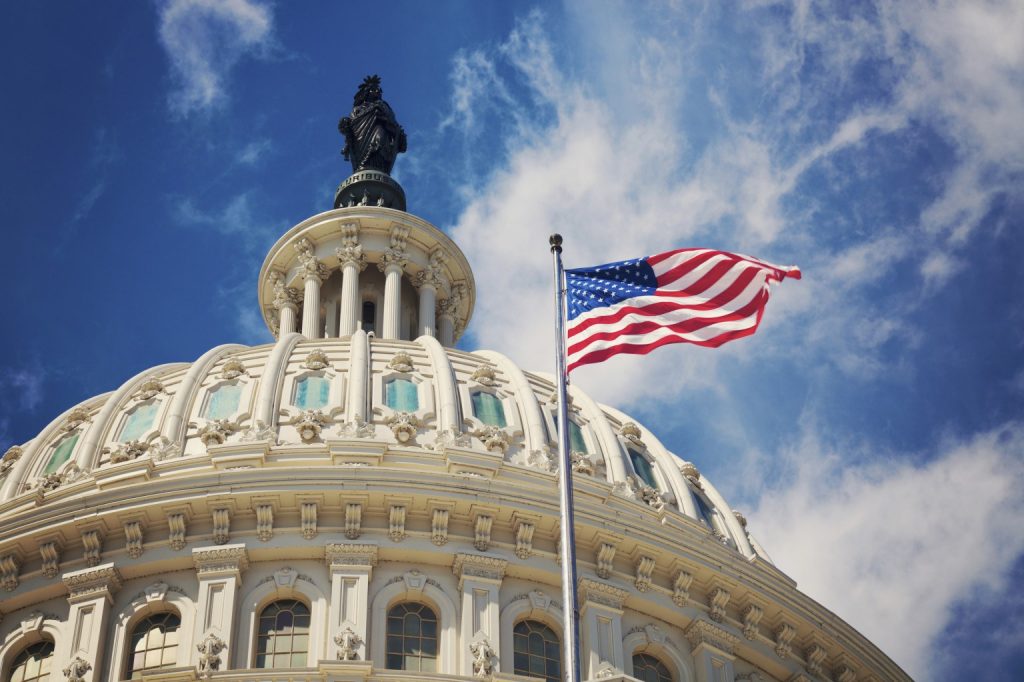
For those campaigning to be the 2020 Democratic presidential nominee, student loan forgiveness has been one of the hot ticket items at all the twists and turns of this election cycle. For many Americans, the thought of having student loans forgiven is a godsend. What a majority of them don’t know is that there is already a loan forgiveness program set up by the U.S. federal government called the Temporary Expanded Public Service Loan Forgiveness (TEPSLF).
But according to a report by the United States Government Accountability Office (GAO) this program had approved only 661 applicants out of the 54,184 whose applications had been processed between May of 2018 and May of 2019. Seventy-one percent of those rejected were done so on the grounds that the applicant had not submitted a Public Service Loan Forgiveness (PSLF) application. Those confused about how an application for the TEPSLF program could be denied if the applicant never filed an application for the Public Service Loan Forgiveness program should find solace in the fact that they are not alone.
In 2018, Congress funded the TEPSLF to help those who were ineligible for PSLF because their repayment plan was not under the guidelines set for the program. In the requirements for eligibility for TEPSLF, one must have filed an application with PSLF and been rejected before even being considered for TEPSLF. To apply you must send an email to FedLoan Servicing saying that you were ineligible for PSLF. What confuses many applicants is why they had to submit an application for a program that they knew they were ineligible for.
This confusion in the requirements for both the PSLF and TEPSLF has caused some parties to file lawsuits against the loan servicing companies for their poor communication. Many people who met the 120 required monthly payments were denied, being told that they did not have the right kind of federal student loan or repayment plan.
To solve this issue the GAO suggested that the option to be reconsidered should just be placed at the end of the initial application to the PSLF. Other solutions to this issue have been proposed by Democratic presidential hopefuls. The most widely known of these plans is that of Senator Bernie Sanders, who sets no requirements for forgiveness. His plan affects all of the approximately 45 million debt holders and their combined $1.6 trillion of both federal and private student debt.
A more conservative plan comes from Senator Elizabeth Warren. Her plan would cancel $50,000 of debt for those who have a household income under $100,000. For those who make over the $100,000 threshold, she proposes a phase-out of $1 for every $3 over the threshold. A person making $130,00 would receive $40,000 of forgiveness and so on. For those with an income of over $250,000 there would be no forgiveness on student loans.
There is one glaring issue with all the proposals to forgive student debt. Under federal law, loan forgiveness is seen as taxable income. The average amount of student loan debt for those who graduated in 2017 is $28,650. If all of that was forgiven as taxable income, the average person would be forced to pay an extra $4,000 in income tax. That is $4,000 that many Americans do not have. If all $1.6 trillion of student loan debt was forgiven, the total amount of income tax on the forgiveness would be $591,999,960,474.
